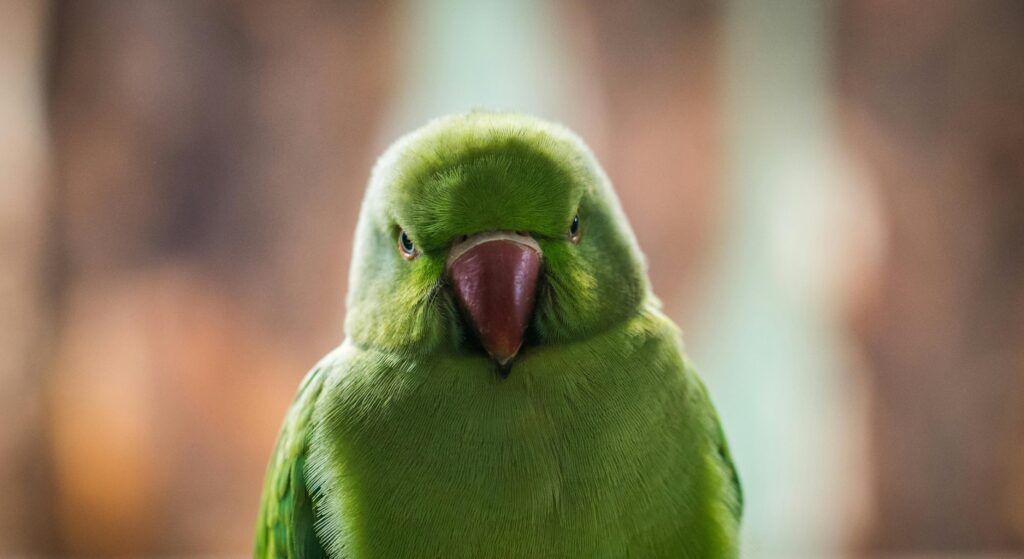Bird behavior can be fascinating and complex, but understanding the signals your feathered friend is sending can strengthen your bond and improve your relationship. Let's delve into decoding your avian companion's vocalizations and body language:
Birds communicate through a variety of vocalizations and body movements, each carrying its own meaning. By learning to interpret these signals, you can better understand your bird's needs and emotions.
Decoding Vocalizations:
- Song: Different bird species have distinct songs used for communication, territorial displays, and attracting mates. Pay attention to the frequency, pitch, and duration of your bird's songs to discern their intentions.
- Calls: Birds use various calls to communicate danger, hunger, contentment, or excitement. Familiarize yourself with your bird's repertoire of calls and their corresponding meanings to respond appropriately.
Interpreting Body Language:
- Posture: Your bird's posture can provide valuable insights into their mood and intentions. An upright and relaxed posture indicates contentment, while a hunched or puffed-up appearance may signal discomfort or illness.
- Feather Positioning: Fluffed-up feathers can indicate cold or illness, while sleek, smooth feathers suggest good health and well-being. Pay attention to changes in your bird's feather condition as a potential indicator of underlying issues.
Building Trust and Understanding:
- Spend quality time observing and interacting with your bird to learn their unique vocalizations and body language cues.
- Approach your bird calmly and respectfully, and avoid forcing interactions or invading their personal space.
- Offer positive reinforcement, such as treats or praise, to encourage desired behaviors and strengthen your bond.
Conclusion: By honing your ability to decode your bird's vocalizations and body language, you can develop a deeper understanding of their needs and emotions, fostering a harmonious and fulfilling relationship between you and your avian companion.
